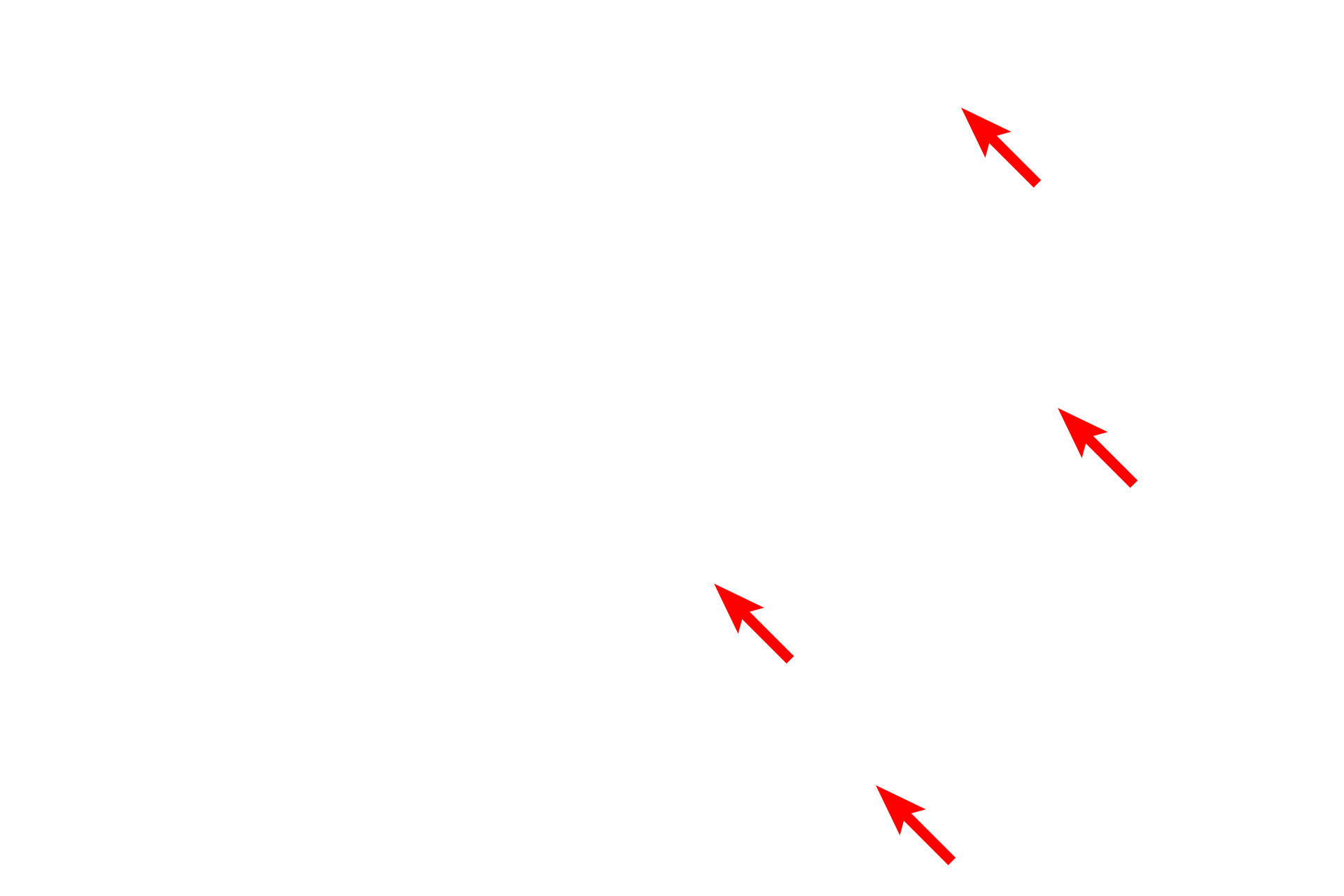
Overview: Stroma
The cells in lymphoid nodules, lymph nodes, spleen and bone marrow are supported by a connective tissue stroma composed of reticular connective tissue. Reticular connective tissue consists of reticular fibers composed of Type III collagen and the reticular cells that produce them. Reticular fibers branch, forming a meshwork that supports macrophages and lymphocytes while allowing fluid to readily percolate through the tissue for optimal monitoring by the immune cells. Reticular fibers are not visible with H & E (left images), they require special stains like the silver stain shown here (right). Lymph node, 400x (l); 800x (r and inset)

Reticular fibers
The cells in lymphoid nodules, lymph nodes, spleen and bone marrow are supported by a connective tissue stroma composed of reticular connective tissue. Reticular connective tissue consists of reticular fibers composed of Type III collagen and the reticular cells that produce them. Reticular fibers branch, forming a meshwork that supports macrophages and lymphocytes while allowing fluid to readily percolate through the tissue for optimal monitoring by the immune cells. Reticular fibers are not visible with H & E (left images), they require special stains like the silver stain shown here (right). Lymph node, 400x (l); 800x (r and inset)

Cells in the meshwork
The cells in lymphoid nodules, lymph nodes, spleen and bone marrow are supported by a connective tissue stroma composed of reticular connective tissue. Reticular connective tissue consists of reticular fibers composed of Type III collagen and the reticular cells that produce them. Reticular fibers branch, forming a meshwork that supports macrophages and lymphocytes while allowing fluid to readily percolate through the tissue for optimal monitoring by the immune cells. Reticular fibers are not visible with H & E (left images), they require special stains like the silver stain shown here (right). Lymph node, 400x (l); 800x (r and inset)

Reticular cell >
Reticular fibers are fibroblast-like cells, however in contrast to most of fibroblasts, reticular cells ensheath the reticular fibers they produce. This property appears to be optimal for providing support as well as making spaces for motile immune cells to migrate.
 PREVIOUS
PREVIOUS